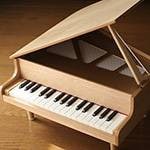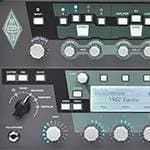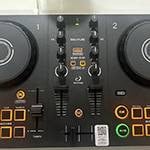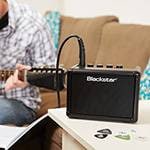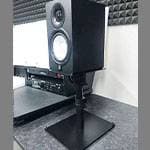"I want to play drums at home!"
Electronic drums are the perfect solution to make those dreams of becoming a drummer come true. With headphones, you don’t have to worry about sound leakage, so you might think you can casually play even in an apartment or condo, right?
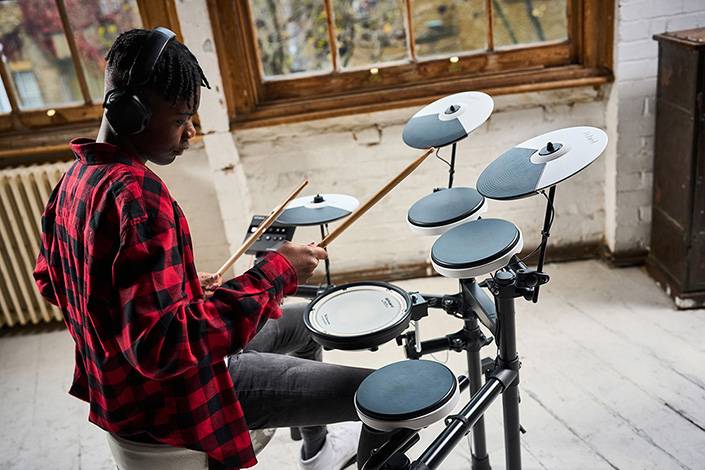
However, what you're hearing through the headphones is only the sound output from the instrument. The actual impact noise and vibrations that happen when striking the drum are a separate issue. Especially in shared housing, these sounds can travel down to the floor below or to neighboring units, potentially causing noise complaints……
You definitely want to avoid a situation where you end up having to give up your electronic drum set because you’re disturbing the neighbors after finally getting one.
In this article, I will explain the types of noise electronic drums can produce and how to deal with them, along with specific soundproofing items you can use. Let’s create an environment where you can fully enjoy your electronic drums without worry!
What Is Noise from Electronic Drums? The Types and Impact on Neighbors
Noise from electronic drums can be broadly categorized into the following two types:
1. Impact Noise (Airborne Sound)
This is the sound that travels through the air when you strike a pad, like the thwack or thump sounds. Even when using headphones, the physical sound produced by hitting the pads still leaks into the surrounding air. In particular, cymbals with rubber pads tend to produce sharp, high-pitched impact sounds that can easily carry through the room.
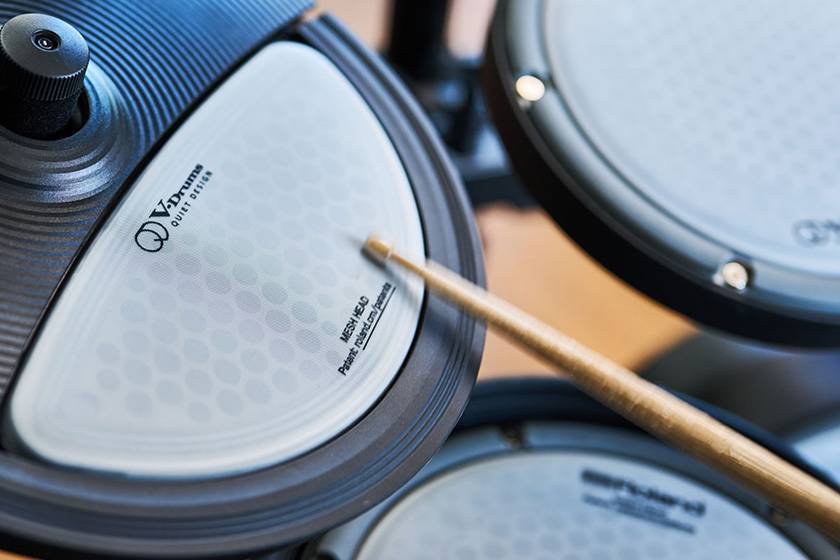
2. Vibration Noise (Structure-borne Sound)
This is the most troublesome type of noise in shared housing. Vibrations created when pressing the kick pedal or hi-hat pedal travel through the floor and walls that resonate throughout the building. The person playing often doesn’t notice it, but for the people living below, it can feel like a loud thumping from the ceiling or even cause their floors to shake, leading to significant stress for your neighbors.
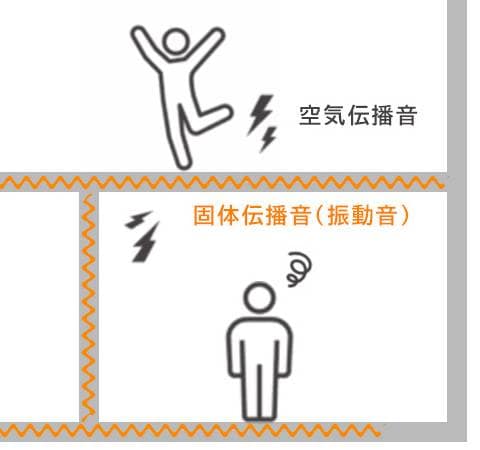
Noise-Reduction Items That Can Help
To enjoy playing electronic drums comfortably, you need to address both impact noise and vibration noise. Vibration noise, in particular, cannot be eliminated with headphones alone, so dedicated countermeasures are essential.
Here, we’ll introduce some recommended items for noise reduction. By combining them as needed, you can maximize soundproofing effectiveness.
1. Choose a Low-Noise Electronic Drum Set
The most fundamental way to reduce noise is to choose an electronic drum set that is designed with quiet performance in mind.
This is a core model from Roland’s V-Drums Quiet Design series. It achieves approximately 75% reduction in noise and vibration compared to conventional models. Featuring a honeycomb-structured soft rubber material, the VQD106 combines excellent quietness with realistic playability.
The kick pedal uses a trigger system that minimizes vibrations transmitted to the floor. It's also reasonably priced and comes equipped with features like a metronome and recording functions, making it an ideal model for beginners.
2. Place Anti-Vibration Mats or Boards Under the Drum Set
Anti-vibration mats and boards are essential items to reduce the vibrations that travel directly through the floor. These can significantly help minimize disturbance to neighbors.
A large mat measuring 200cm × 160cm, is big enough to accommodate a standard drum setup. It's ideal for preventing slipping and protecting the floor from scratches. While its anti-vibration performance is somewhat limited on its own, its effectiveness greatly increases when used in combination with anti-vibration pads.
AURALEX / HOVERDECK V2 (Set of 2)
Though it’s on the expensive side, I highly recommend the AURALEX HOVERDECK V2 for those who want thorough vibration control. By combining durable laminated MDF with ISO-Puck risers, it effectively blocks vibrations from the drum set from reaching the floor. This greatly reduces low-frequency resonance, resulting in clearer drum sound and minimal vibration transmission to the floor below.
The set includes two panels, and you can purchase additional units as needed to match the footprint of your drum setup.
3. Anti-Vibration Pads & Setup Mats
These items are designed to target specific areas where vibrations are generated.
TAMA / TIBP1 – Anti-Vibration Pad for Pedals
By placing it under the bass drum pedal or hi-hat stand, this pad helps reduce vibrations transmitted directly to the floor in a targeted way. The underside of the rubber-molded pad features numerous hemispherical bumps, which provide excellent stability and vibration isolation. Its design also avoids interference when using double pedals, which is a key feature.
TAMA / TIBL1 – Anti-Vibration Pad for Stand Legs and Bass Drum Legs
This anti-vibration pad is placed under the legs of cymbal stands, snare stands, or bass drum legs. Like the TIBP1, it uses small hemispherical protrusions to absorb vibrations and enhance stability. Notably, when used with a bass drum, it features a curved wall-shaped stopper to prevent the drum’s legs from slipping off the pad during performance, giving you extra peace of mind.
ROLAND / NE-10 – Anti-Vibration Board for Drums
This board-type anti-vibration material is designed to go directly under pedals, such as the bass drum or hi-hat, where vibrations are most intense. Roland’s unique hemispherical rubber dampers effectively absorb pedal-action vibrations and are said to reduce noise transmitted to the floor below by approximately 75%. Its low-profile and compact design ensures that it doesn’t compromise playability.
ROLAND / NE-1 – Anti-Vibration Material for Drums
The NE-10 is a board-type anti-vibration material, whereas the NE-1 is a compact vibration dampener that can be attached to each individual stand leg. Like the NE-10, it uses hemispherical rubber dampers to absorb vibrations and is said to reduce noise transmitted to the floor below by approximately 75%. By using multiple units on areas prone to vibration, such as drum rack legs or cymbal stand legs, you can achieve a high level of vibration isolation.
Effective Noise Reduction Combinations
These items I introduced above are effective on their own, but combining them can create a synergistic effect.
1. Recommended for Beginners! Easy Noise Reduction Setup
This combination is recommended for those who want to start with the minimum necessary measures:
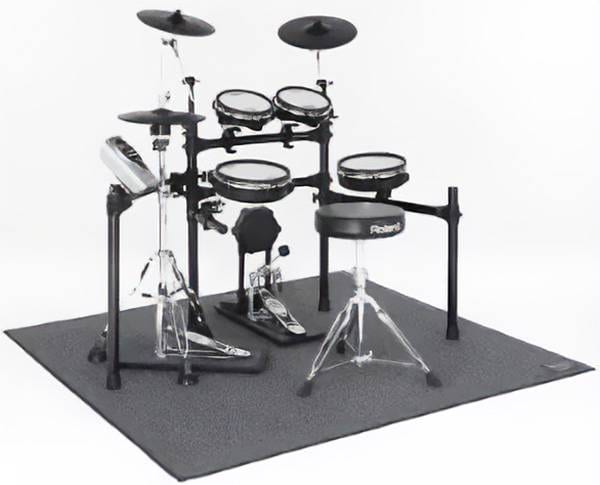
- PLAYTECH / PDM100: Prevents slipping of the entire drum set and offers some shock absorption.
- TAMA / TIBP1 (for pedals) : Targets vibrations mainly from the kick pedal and hi-hat pedal.
- TAMA / TIBL1 (for stand legs) : Reduces vibrations from stand legs.
Using these items together allows you to reduce floor vibrations relatively inexpensively and easily.
2. For More Thorough Noise Reduction and Greater Peace of Mind!
For those who want to take more solid measures or prioritize minimizing impact on downstairs neighbors, I recommend using the following items in combination:
- PLAYTECH / PDM100: Prevents sound slipping from the entire drum set and provides shock absorption as a base layer.
- ROLAND / NE-10: Placed directly under the kick and hi-hat pedals, delivering powerful vibration isolation.
- ROLAND / NE-1: Attaches to other legs such as drum racks and cymbal stands to thoroughly suppress vibration transmission.
With this combination, you can make the most of Roland’s Noise Eater series’ high vibration reduction performance.
3. For the Ultimate Quiet Environment!
For those seeking the highest level of quietness—who want to play as hard as they like without any worry about disturbing neighbors or downstairs residents—the following combination is ideal:
- AURALEX / HOVERDECK V2: Serves as an anti-vibration platform supporting the entire drum set, thoroughly blocking vibrations from the floor.
- ROLAND / NE-10: Placed on top of the HOVERDECK to provide double-layered vibration control, especially targeting the kick pedal vibrations.
- ROLAND / NE-1: Attached to stand legs to further enhance the vibration isolation effect of the HOVERDECK.
Although the HOVERDECK V2 is expensive, it boasts such high vibration reduction performance that it is even used in professional studios. It offers hope to those who have given up playing drums in apartments or condos.
To Summarize: Turn Your Electronic Drum Setup into a Home Live House with Noise Control!
Many people assume that using headphones means no sound will escape when playing electronic drums. However, in reality, addressing both striking noise and vibration noise is essential. By incorporating the right soundproofing items, you can avoid neighborhood disputes and fully enjoy your playing.
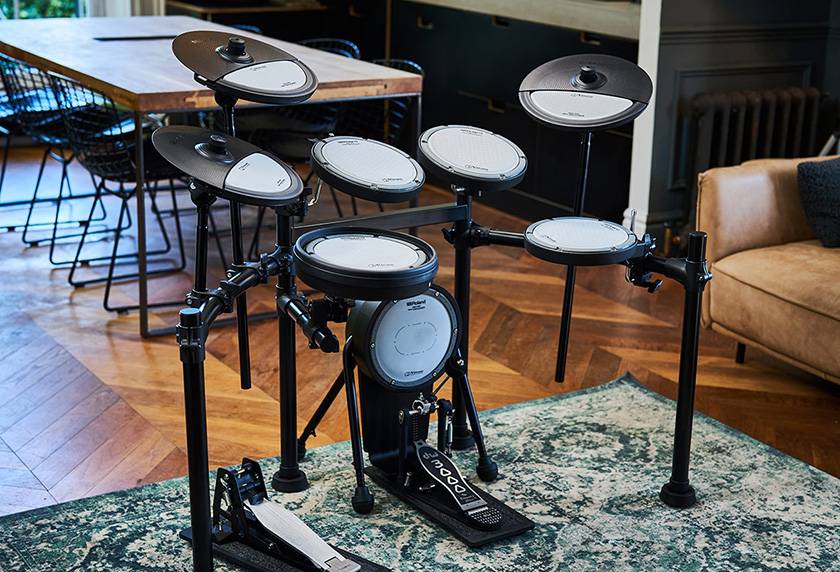
Choosing a quiet-design model (such as the VQD106 or PDS-150II) is effective, but even with your current electronic drum set, using anti-vibration mats and pads can provide effective noise control.
If you want to play drums to your heart’s content at home, you don’t have to give up on that dream by simply managing soundproofing. Please use this article as a reference to create your very own home live house!





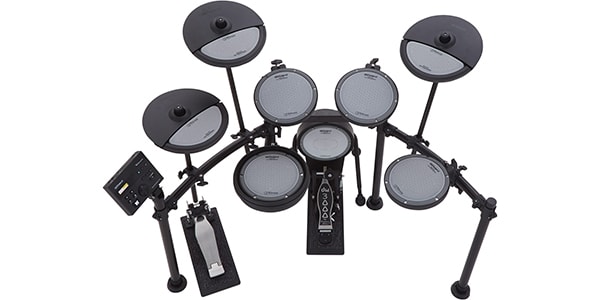


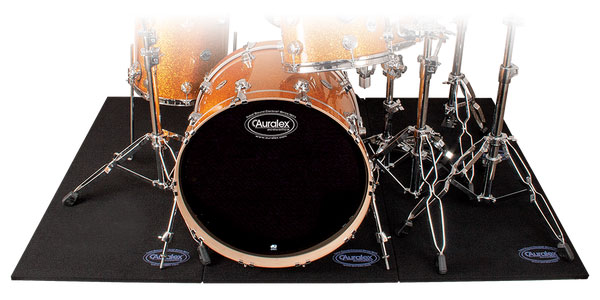

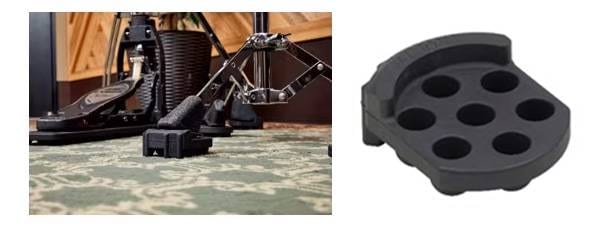
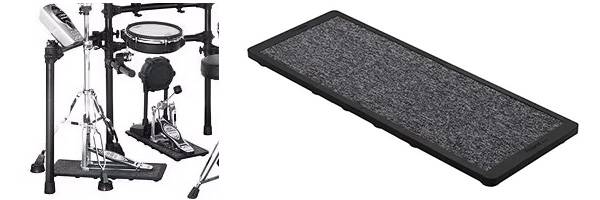
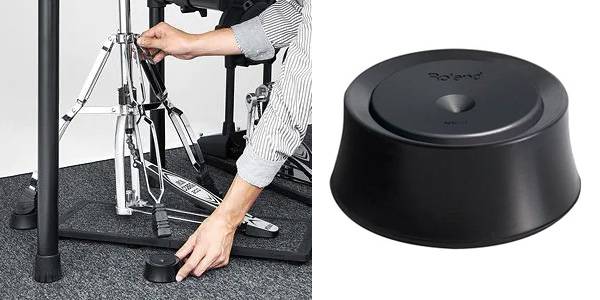

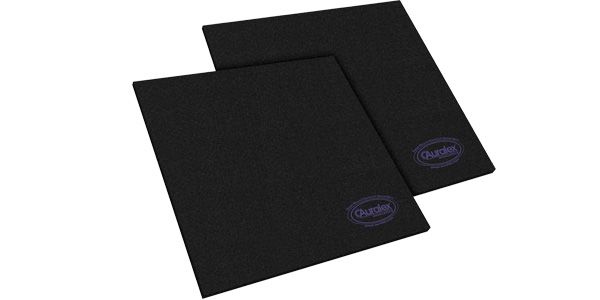

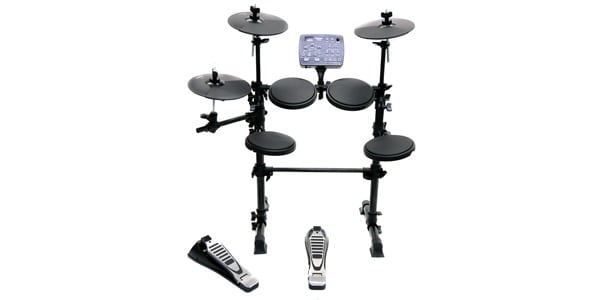
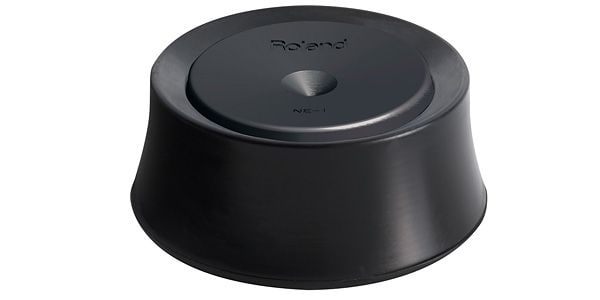
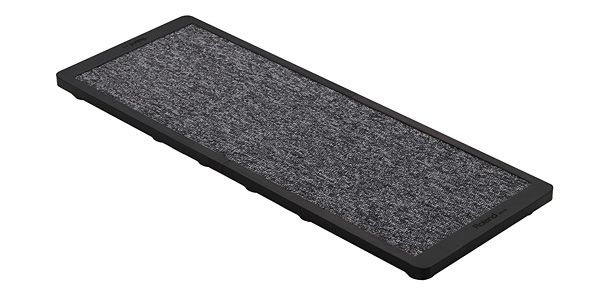
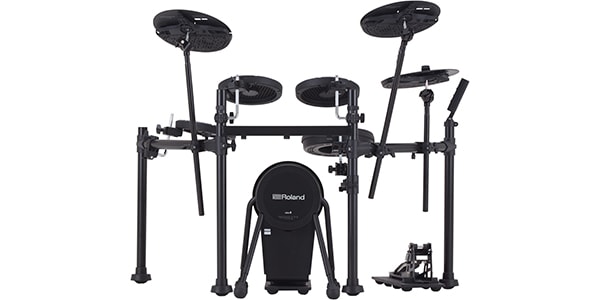
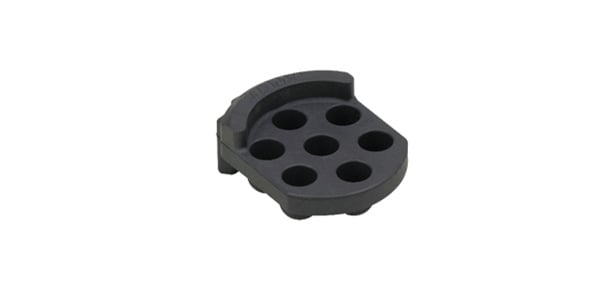
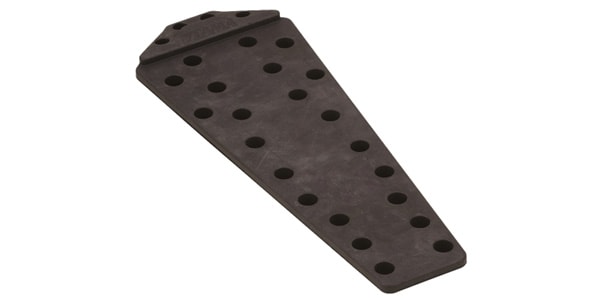
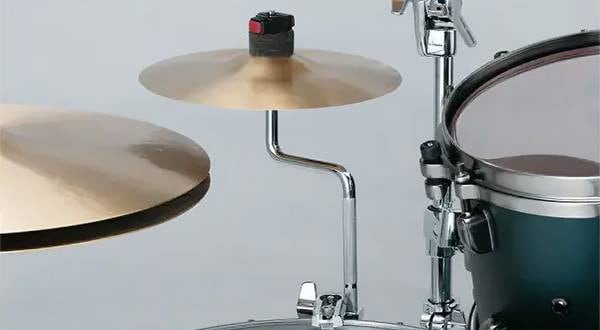
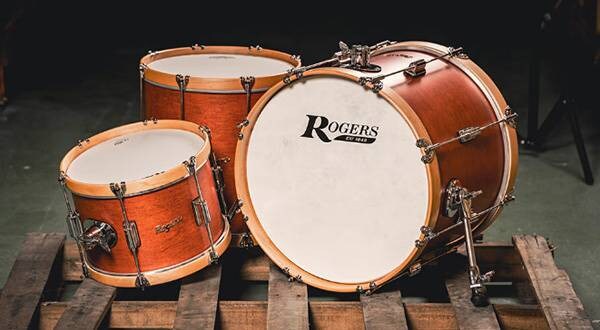
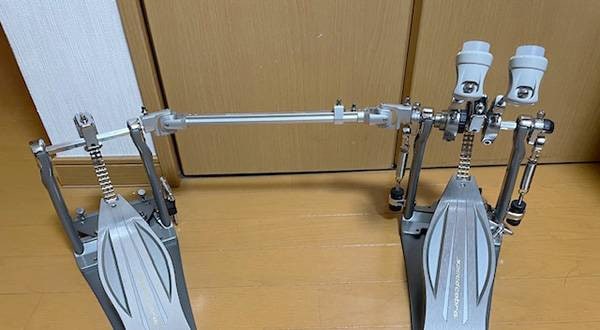
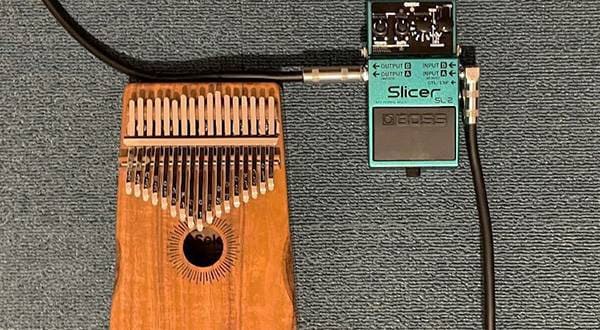

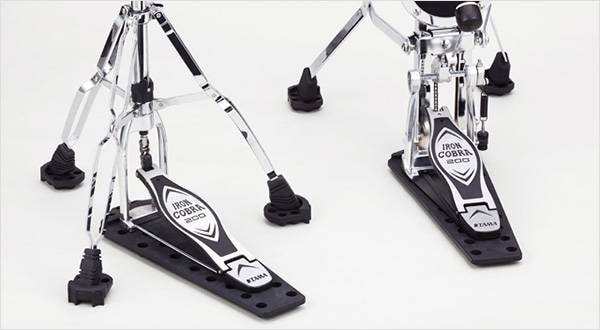
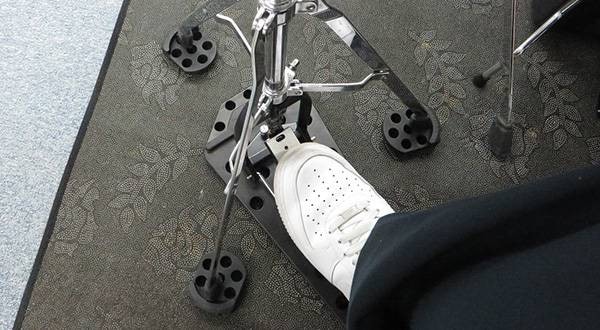
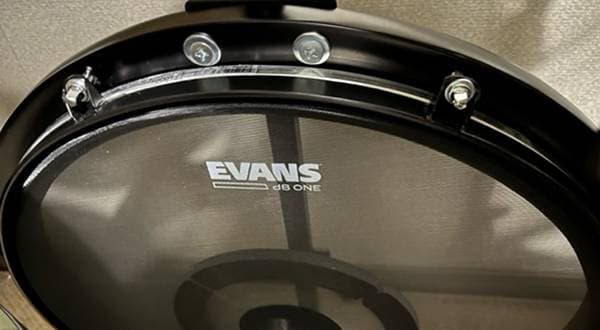

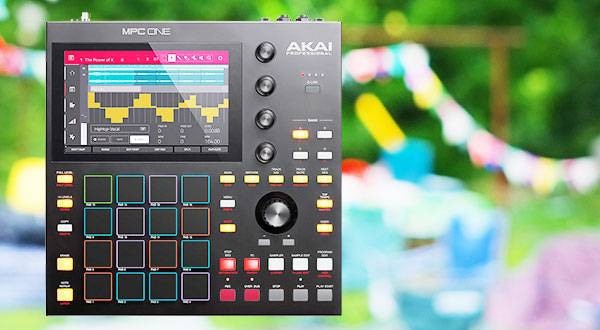

 Roland 電子ドラム特集
Roland 電子ドラム特集
 初心者にもおすすめ 電子ドラム
初心者にもおすすめ 電子ドラム
 電子ドラムに必要なもの
電子ドラムに必要なもの
 電子ドラムパッド対応チェッカー
電子ドラムパッド対応チェッカー
 PLAYTECH 電子ドラム特集
PLAYTECH 電子ドラム特集
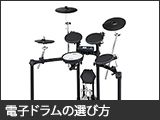 電子ドラムの選び方
電子ドラムの選び方
